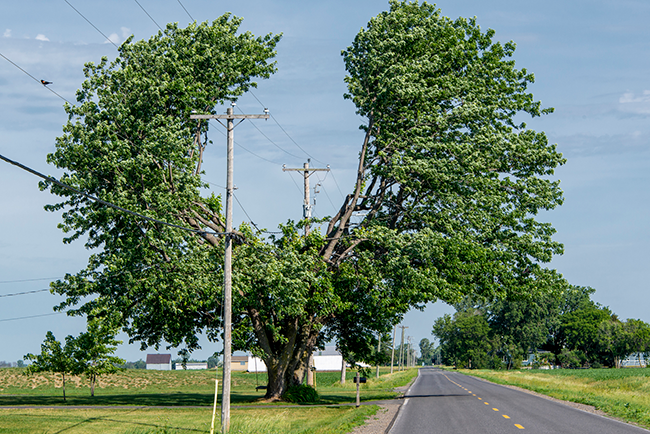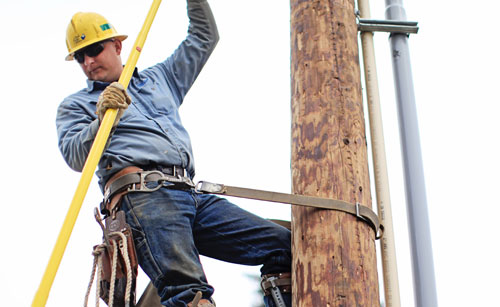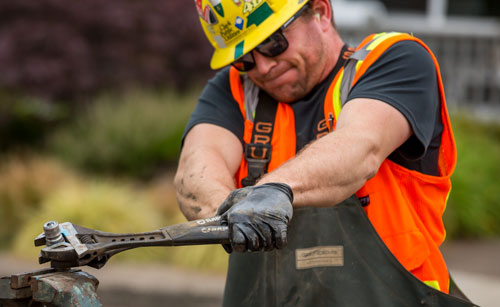There are many benefits to planting more trees
Planting a tree is a positive (and beautiful!) way to make a positive impact on the environment. After all, trees clean the air, prevent erosion, and even buffer climate change. Planting a tree at your school, backyard, or as part of a restoration project is one of the easiest ways to improve the world around you.
Social benefits
Economic benefits
Environmental benefits
Trees and power lines do not mix
As you might imagine, trees can be dangerous when they’re too close to power lines! If a tree branch touches a power line, power outages can occur or, even worse, the area can become a shock hazard.
For that reason, it’s important to keep trees pruned so they don’t touch power lines. That’s why you sometimes see trees that are U-or V-shaped — they’ve been pruned to remove the branches too close to wires. Sometimes, these trees might look strange or misshaped but directional pruning is best in this situation.
Only professionals should attempt to prune branches close to power lines because it’s extremely dangerous work. That’s why Clark Public Utilities operates a tree-trimming program, which keeps branches at a safe distance from overhead lines. Not only does this prevent injuries but it helps prevent power outages, too. Adults can request a free tree trimming for any trees that present a possible danger to our power system.
Plant trees with the Clark Public Utilities StreamTeam
The Clark Public Utilities StreamTeam plants more than 50,000 native trees a year!
These trees help restore salmon habitat, reduce the presence of invasive species, and improve water quality by reducing erosion. Our volunteers clear the ground, dig holes, and plant over 30 varieties of trees! These volunteer opportunities are a great way to learn about our environment while having fun with those in your community.
Learn more about StreamTeam’s planting opportunities!

The urban heat island effect is a fascinating phenomenon that occurs due to temperature contrasts between cities and rural areas. What’s one big difference between these two areas? Cities have lots of buildings and parking lots and the country has lots of plants, whether it’s forests or farmland. Building materials, such as concrete and steel, absorb the sun’s heat more than the natural landscape does. Plants, on the other hand, release water vapor in a process called transpiration – this helps to cool the air! Cities become “islands” of warmer temperatures surrounded by cooler rural areas. We can help cool cities by planting trees and even installing green roofs on buildings.







